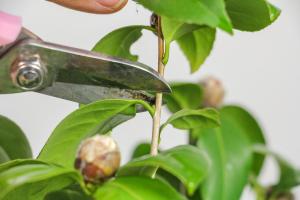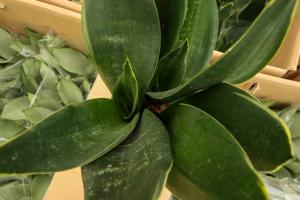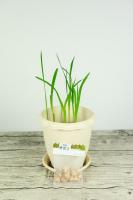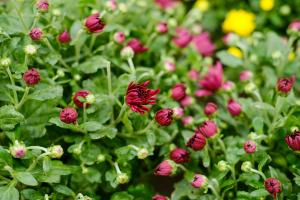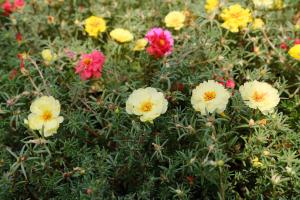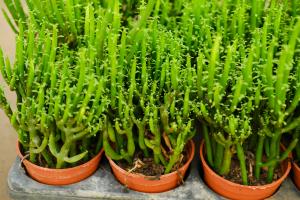When to Plant Vegetable Seeds
Planting vegetable seeds is an exciting activity for many gardeners. However, timing is crucial for successful growth and yield. In this article, we will discuss the best time to plant vegetable seeds to ensure a bountiful harvest.
Determining the Planting Time
One of the most important factors to consider when planting vegetable seeds is the regional climate. Different vegetables thrive in different temperatures and soil conditions. It's crucial to know your area's planting zones and frosts dates to avoid planting too early or too late.
Start by identifying the average date of the last spring frost in your region. For instance, if the date is May 15th, count back the number of weeks required for the specific vegetable to mature. For example, corn requires about 90-100 days to mature. Backtracking from May 15th, the planting date should fall between February 12th and February 22nd.
Cool-Season Vegetables
Cool-season vegetables are those that thrive in cooler temperatures of around 50掳F to 70掳F. The typical planting time for these vegetables is either in early spring or late summer. Some cool-season vegetables include kale, lettuce, peas, spinach, and radishes.
Early spring planting should occur as soon as the soil can be worked, which is around four to six weeks before the last frost date. For instance, the planting time for kale should be 2-4 weeks before the average last frost date. Late-summer planting should take place eight to twelve weeks before the first hard frost.
Warm-Season Vegetables
Warm-season vegetables require warmer temperatures of around 70掳F to 80掳F. Planting these vegetables too early in the season might lead to poor germination, low growth rate, and disease susceptibility. Some warm-season vegetables include tomatoes, peppers, pumpkins, cucumbers, and zucchini.
The ideal planting time for warm-season vegetables is as soon as the threat of frost has passed, and the soil has warmed. This is typically around two to three weeks after the last frost date. Some vegetables such as tomatoes, peppers, and eggplants should be started indoors six to eight weeks before the last frost date, then transplanted outdoors after the last frost.
Factors to Consider
Several factors affect when to plant vegetable seeds, including soil temperature and moisture, drainage, and sunlight exposure. Soil temperature should be around 60掳F to 70掳F before planting most seeds. Good drainage is essential as vegetables need well-aerated soil to grow efficiently. The amount of sunlight exposure also affects the growth rate and yield. Most vegetables require a minimum of 6-8 hours of direct sunlight daily.
Conclusion
In conclusion, the key to planting vegetable seeds is timing. Understanding when to plant various vegetables is crucial for successful germination, growth, and a bountiful harvest. To achieve the best results, consider the temperature, soil conditions, and sunlight exposure. By following these guidelines, you'll be on your way to a beautiful and productive vegetable garden.

 how many times do yo...
how many times do yo... how many planted tre...
how many planted tre... how many pine trees ...
how many pine trees ... how many pecan trees...
how many pecan trees... how many plants comp...
how many plants comp... how many plants can ...
how many plants can ... how many plants and ...
how many plants and ... how many pepper plan...
how many pepper plan...